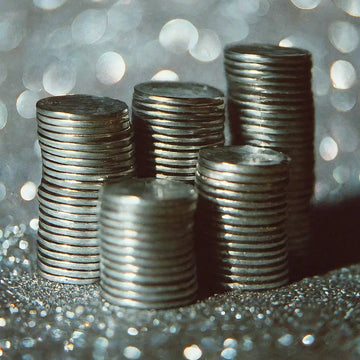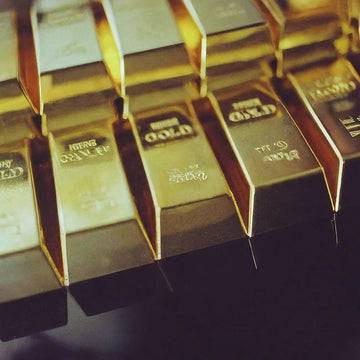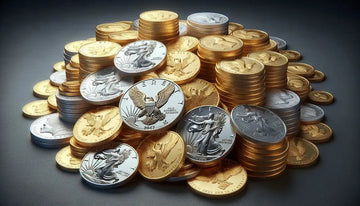As a coin and bullion investor, it's crucial to have a clear understanding of how to determine the value of your precious metal holdings. Knowing the value of your coins and bullion allows you to make informed decisions about buying, selling, or holding onto your investments. In this article, we will guide you through the process of assessing the value of your coins and bullion, equipping you with the knowledge needed to navigate the precious metals market effectively.
Coin Valuation Factors
When determining the value of your coins, consider the following essential factors:
- Metal Content and Purity: Identify the metal composition of your coin, such as gold, silver, platinum, or palladium. Check for the purity, which is typically expressed as a percentage (e.g., .999 fine). The current spot price of the metal provides a baseline value for calculating the bullion value of your coin.
- Condition and Grade: Assess the condition of your coin by examining its surface, edges, and overall preservation. Use a recognized grading system, such as the Sheldon Scale for U.S. coins, to assign a grade. Higher-grade coins usually command a premium due to their better condition.
- Rarity and Mintage: Research the rarity and mintage of your coin. Lower mintage figures and unique characteristics, such as errors or varieties, can increase its desirability and value. Consult reliable numismatic references or seek expert opinions to determine the rarity and historical significance of your coin.
- Demand and Market Trends: Stay updated on market trends and collector demand for specific coins. Factors like popularity, historical significance, or specific series or designs can influence the demand and subsequent value of your coin. Market research and monitoring auction results can provide insights into current trends.
Bullion Valuation Factors
When evaluating the value of your bullion, consider the following key factors:
- Metal Type, Weight, and Purity: Determine the metal type, such as gold, silver, platinum, or palladium, along with the weight and purity of your bullion. The weight is typically expressed in troy ounces. The purity level, often indicated as a percentage or fine weight, affects the value of your bullion.
- Current Spot Price: Monitor the real-time spot price of the metal in the market. Precious metals prices fluctuate throughout the day due to supply and demand dynamics, global economic factors, and geopolitical events. The spot price serves as a starting point for valuing your bullion.
- Premium: Consider the premium above the spot price that is associated with your bullion product. The premium covers production costs, minting fees, and the dealer's margin. Bullion coins often carry a higher premium compared to bars or rounds due to their additional numismatic or collector value.
- Condition and Authenticity: Assess the condition of your bullion for any signs of damage, tarnishing, or wear. Bullion products in pristine condition generally command higher prices. Additionally, ensure the authenticity of your bullion by purchasing from reputable sources or obtaining certification from trusted grading services.





